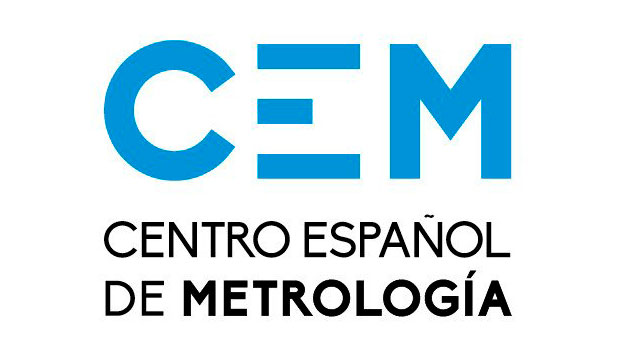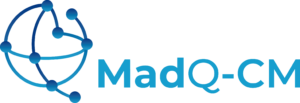The overall objective of the project is to structure and coordinate Quantum Communications R+D+i capacities of the Community of Madrid (CM), among themselves and with other Autonomous Communities with common interests, within the framework of the Complementary Plan for Quantum Communication whose main objective is the alignment of Spain with the key European initiatives in the field of Quantum Communication, both the Quantum Flagship and the EuroQCI. MADQuantum-CM project develops the participation of the Community of Madrid in the Complementary Plan for Quantum Communication, contributing to its scientific-technological objectives as well as the creation of talent and the industrial ecosystem, through 7 scientific-technical lines:
- Line 1: EuroQCI – Towards a European Quantum Communications Infrastructure
- Line 2: Hardware for quantum communications
- Line 3: Software for quantum communications
- Line 4: Hardware for quantum processing
- Line 5: Software for quantum processing
- Line 6: Human Resources and training for innovation and entrepreneurship
- Line 7: Innovation and industrial ecosystem, dissemination and exploitation of results
The main line of the project is line 1, in which technological developments and deployments will be carried out to contribute to the first objectives defined in the European programs: the creation of a high-security communications network, resistant to any computer attack, orchestrated either through classical or quantum means.
Line 2 will contribute to the development of line 1 through hardware developments for quantum communication, first for fiber systems, considering both technologies easier to integrate in the network and to industrialize (Continuous Variables), as well as those more optimal for long distances/rates (Discrete Variables) and secondly for free space, which includes satellites, foreseeing the space segment that will be necessary in the EuroQCI for very long-distance communications in the short/medium term, and communications with an unmanned aerial vehicle (UAV). Likewise, within this line, technology based on entanglement will be developed, including quantum repeaters for Quantum Communications for long distances (>300 km) over optical fibers.
Line 3 will focus on systems and new protocols with advantages in terms of security, distance and functionality, as well as security studies of experimental systems and their integration into the networks.
Quantum Communications, however, not only produce secure systems, their ultimate goal is the ability to create quantum correlations between any two points in the network. These quantum processing technologies will be developed in lines 4 and 5. The main applications of these developments may be: ultra-precise distribution of time signals, quantum sensors, distributed quantum computing, etc.
Finally, lines 6 and 7 aim to educate and train researchers, by hiring research personnel in their different stages of training, and generate human capacities for the development of a national industry that covers the entire value chain around quantum communications.
This project is funded by the Regional Government of Madrid, the Spanish State through the Recovery, Transformation and Resilience Plan, and the European Union through the NextGeneration EU funds.











